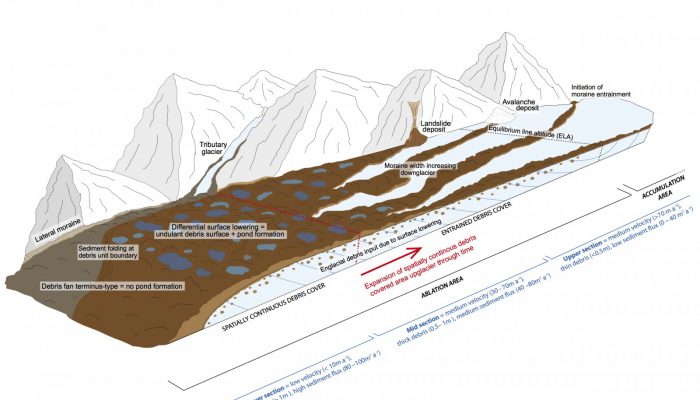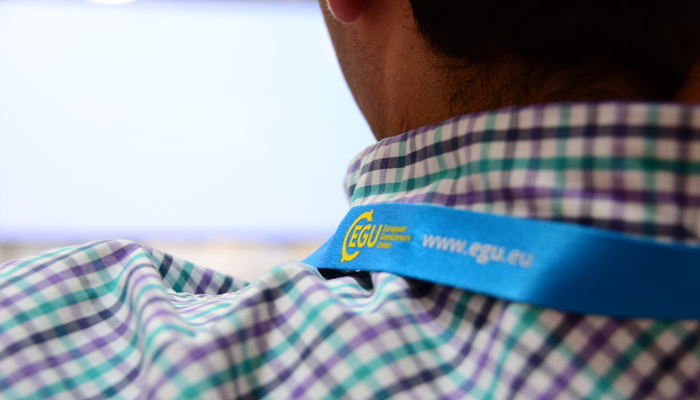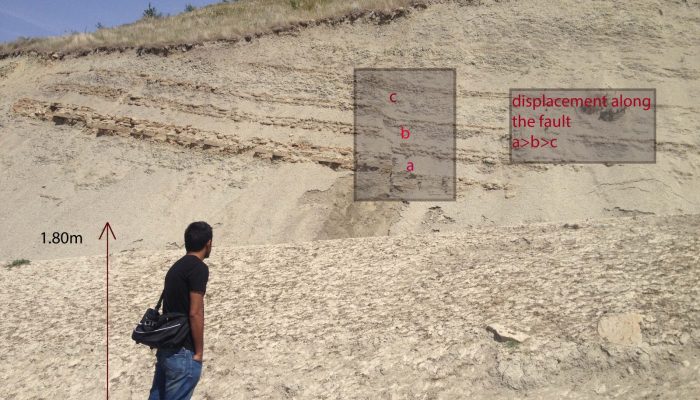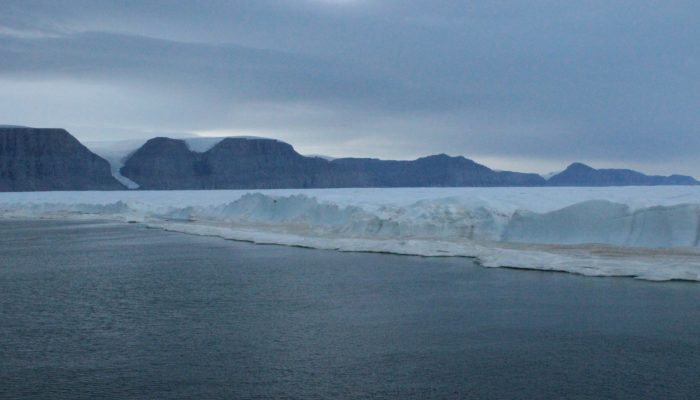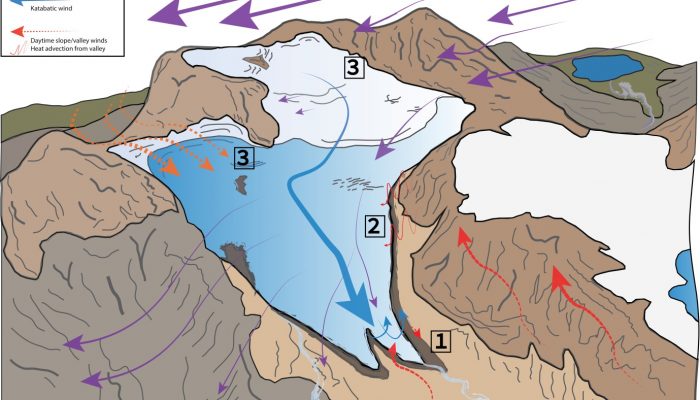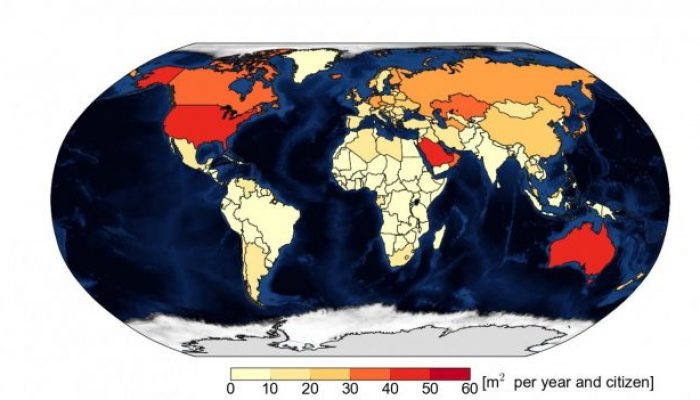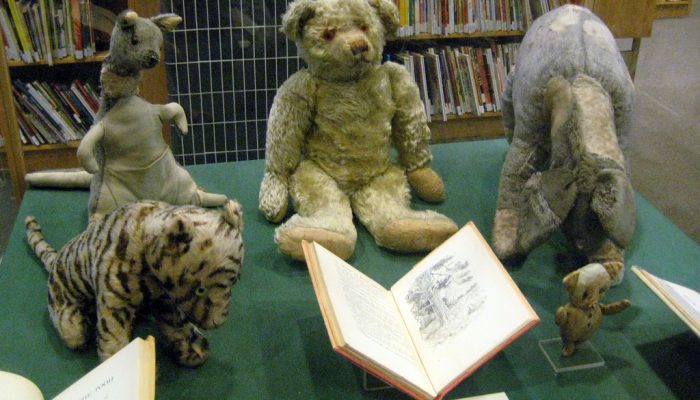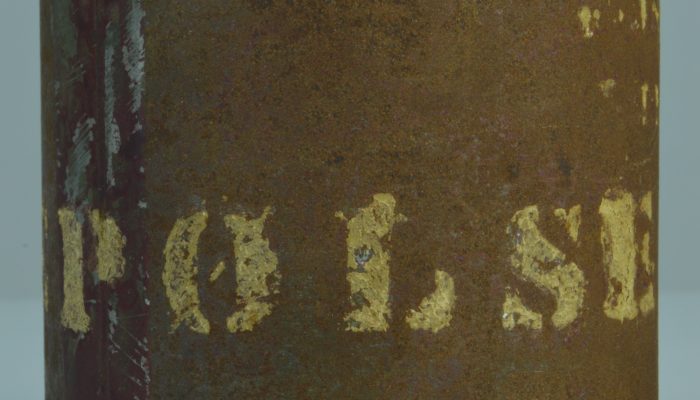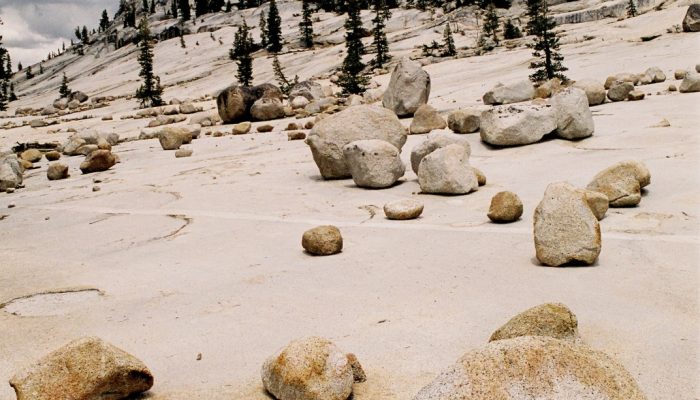There is still a huge amount we don’t know about how glaciers respond to climate change. One of the most challenging areas is determining the response of debris-covered glaciers. Previously, we have reported on a number of fieldwork expeditions to debris-covered glaciers but with this Image of The Week we want to show you another way to investigate these complex glaciers – numerical modelling! Deb ...[Read More]
Geodesy
EGU’s Geodesy Division needs a new early career scientist voice
In the run-up to the general assembly in 2017, The geodesy division is looking for a fresh early career scientist (ECS) to take over the role of the ECS-representative. But what comprises being an ECS-representative? And where can you sign up? Early career scientists represent a significant share of the EGU general assembly attendees. It is therefore desirable to involve this group not only as par ...[Read More]
Tectonics and Structural Geology
Features from the field: Growth Faults
Growth faults are syndepositional or syn-sedimentary extensional faults. Growth faults develop when sediments are being deposited, are key elements in understanding deformation processes. Indeed, successively deposited sedimentary layers are involved in the different stages of the growth of the structure and produce a record of the deformation history. Their fault plane dips mostly toward the basi ...[Read More]
Cryospheric Sciences
Image of the Week – On the tip of Petermann’s (ice) tongue
5th August 2015, 10:30 in the morning. The meeting had to be interrupted to take this picture. We were aboard the Swedish icebreaker Oden, and were now closer than anyone before to the terminus of Petermann Glacier in northwestern Greenland. But we had not travelled that far just for pictures… Petermann’s ice tongue Petermann is one of Greenland’s largest “marine terminating glaciers”. As the name ...[Read More]
Seismology
Paper of the Month – Bubbles and seismic waves
Our paper of the month is “Bubbles attenuate elastic waves at seismic frequencies: First experimental evidence” (N. Tisato et al., 2015) commented by Luca De Siena. Luca De Siena is Lecturer in Geophysics at the School of Geoscience, University of Aberdeen (UK). He received his PhD from the University of Bologna (Italy) with a scholarship from the INGV-Osservatorio Vesuviano for his work on seism ...[Read More]
Cryospheric Sciences
Katabatic winds – A load of hot (or cold) air?
It might seem obvious that a warming world will lead to a reduction in glacial ice cover, but predicting the response of glaciers to climatic change is no simple task (even within the short term). One way to approach this problem is to come up with relationships which describe how glaciers interact with the world around them, for example, how the ice interacts with the air above it. Our post today ...[Read More]
Cryospheric Sciences
Image of the Week – For each tonne of CO2 emitted, Arctic sea ice shrinks by 3m² in summer
Declining sea ice in the Arctic is definitely one of the most iconic consequences of climate change. In a study recently published in Science, Dirk Notz and Julienne Stroeve find a linear relationship between carbon dioxide (CO2) emissions and loss of Arctic sea-ice area in summer. Our image of this week is based on these results and shows the area of September Arctic sea ice lost per inhabitant d ...[Read More]
Seismology
Earthquakes felt by Eeyore
“It’s snowing still,” said Eeyore gloomily. “So it is.” “And freezing.” “Is it?” “Yes,” said Eeyore. “However,” he said, brightening up a little, “we haven’t had an earthquake lately.” A.A. Milne, The House at Pooh Corner (1928) The above is a quote from one of two classic Winnie-the-Pooh books by A. A. Milne. Upon ...[Read More]
Cryospheric Sciences
Polar Exploration: Perseverance and Pea Sausages
Born on this Day On this day in 1872 – 145 years ago –Ludvig Mylius-Erichsen, Danish author and polar explorer, was born. He led two expeditions to Greenland and successfully mapped the then unknown northeastern part of the country. The second expedition was his last. The expedition was surprised by an early onset of spring and could no longer use their dog sledges. The two Danes, Mylius-Eri ...[Read More]
Cryospheric Sciences
Image of the Week – It’s all a bit erratic in Yosemite!
When you think of California, with its sun-soaked beaches and Hollywood glamour, glaciers may not be the first thing that spring to mind – even for ice nerds like us. However, Yosemite National Park in California’s Sierra Nevada is famous for its dramatic landscape, which was created by glacial action. With our latest image of the week we show you some of the features that were left behind b ...[Read More]

